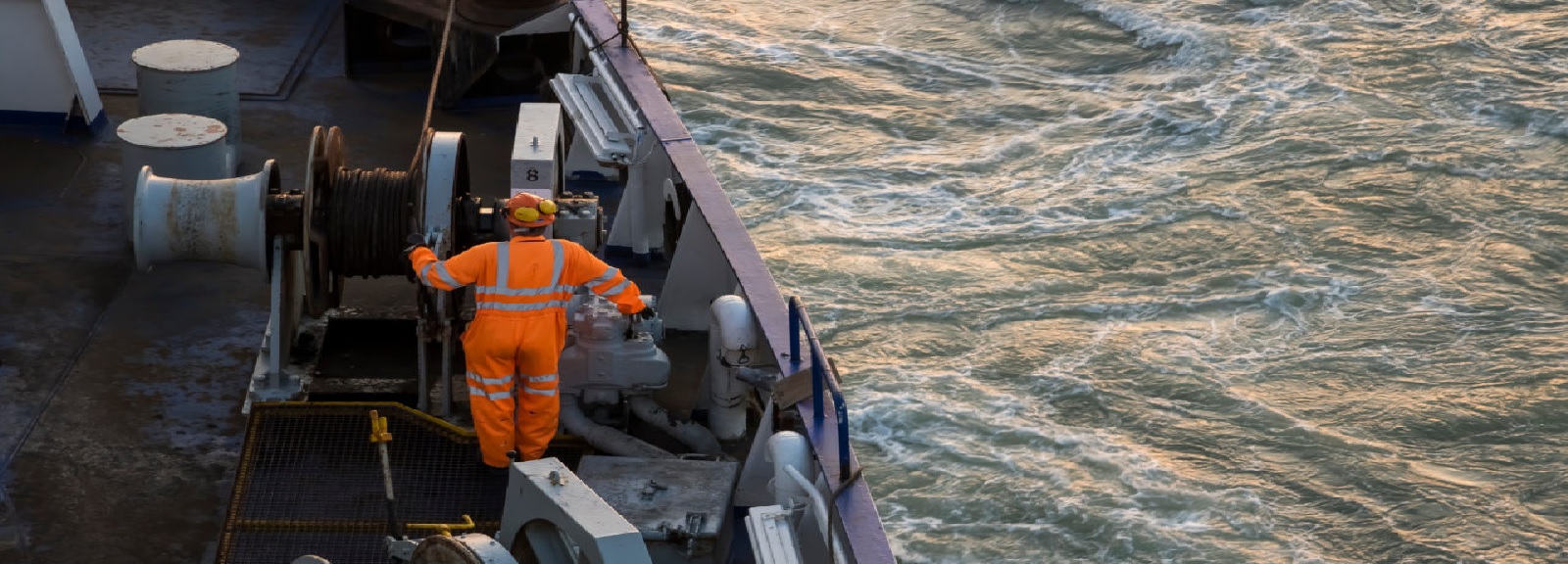The Philippines is the biggest supplier of rating crew, followed by China, Indonesia, the Russian Federation, and Ukraine while China is the biggest supplier of officers, followed by the Philippines, India, Indonesia, and the Russian Federation.
India now provides 9.35 percent of the global seafarers and stands third in the list of the largest seafarer supplying country to the world maritime industry. India has already made initial moves this year to attract more people to the international marine industry by granting tax exemptions, particularly if seafarers are boarding foreign ships for more than 182 days a year. The maritime administration has introduced certain measures to improve the quality of training of cadets and their “employability” to tap into latent demand for ship officers. The Indian administration has firmly controlled the quality of education, and India is one of the countries that always goes beyond the minimum requirements of STCW. Some examples of the higher standards being enforced are:
- India has an element of a minimum of 60% in the school, leaving examination to be eligible for becoming a cadet. Maths, Physics, and Chemistry are compulsory requirements to be available to become a trainee.
- Ship handling courses on a simulator are mandatory for obtaining Class 1 license.
- Engineers have to undergo simulator courses for operational and management levels.
- India has submitted proposals to IMO for making training on cargo handling simulators compulsory for LPG and LNG vessels.
While the capacity is increasing rapidly, the quality has not suffered. The administration is working on some more innovative measures to enhance the quality of the seafarers from India. Probably, the biggest strength of Indian seafarers is the robust basic school education system in India, especially in mathematics and sciences. These inculcate excellent analytical skills and the ability to reason and think through problems.
The maritime education system of India, which is wholly based on the U.K. system, has also helped in producing seafarers who can readily adopt to international trade and the company procedures of western companies.
The Indian seafarer is generally a very hard working and intelligent worker.
Indian seafarers also tend to be very ambitious, wanting to climb up the hierarchy quickly. They like to complete their examinations rapidly and can’t wait to get their four stripes. They usually have a deep interest in their profession. Memberships of professional institutes like Nautical Institute, Institute of Marine Engineers, Company of Master Mariners, etc. are high on their list of priorities.
Practically all Indian seafarers have done their complete education in English, and this gives them a distinct advantage over nationalities that have learned English as a secondary language.
The diversity of languages and cultures in India teaches Indian seafarers to work quite efficiently in multi-national or multi-cultural work environments.
This phenomenal growth in the number of Indian seafarers has been possible due to a series of measures taken by the Government in the last four years to improve the standards of maritime training, increase onboard training opportunities, improve the examination and certification system and facilitate ease of doing business.
These measures include the training curriculum for the officers and the ratings which were revised in 2016 to meet the expectations of the foreign employers. To regulate the training institutes working in the private sector, a system of ‘Comprehensive Inspection Programme’ (CIP) was designed to assess the quality of the Institute on various parameters such as infrastructure, quality of students’ intake, quality of faculty, pedagogy, performance in examination, onboard training and placement of students.

